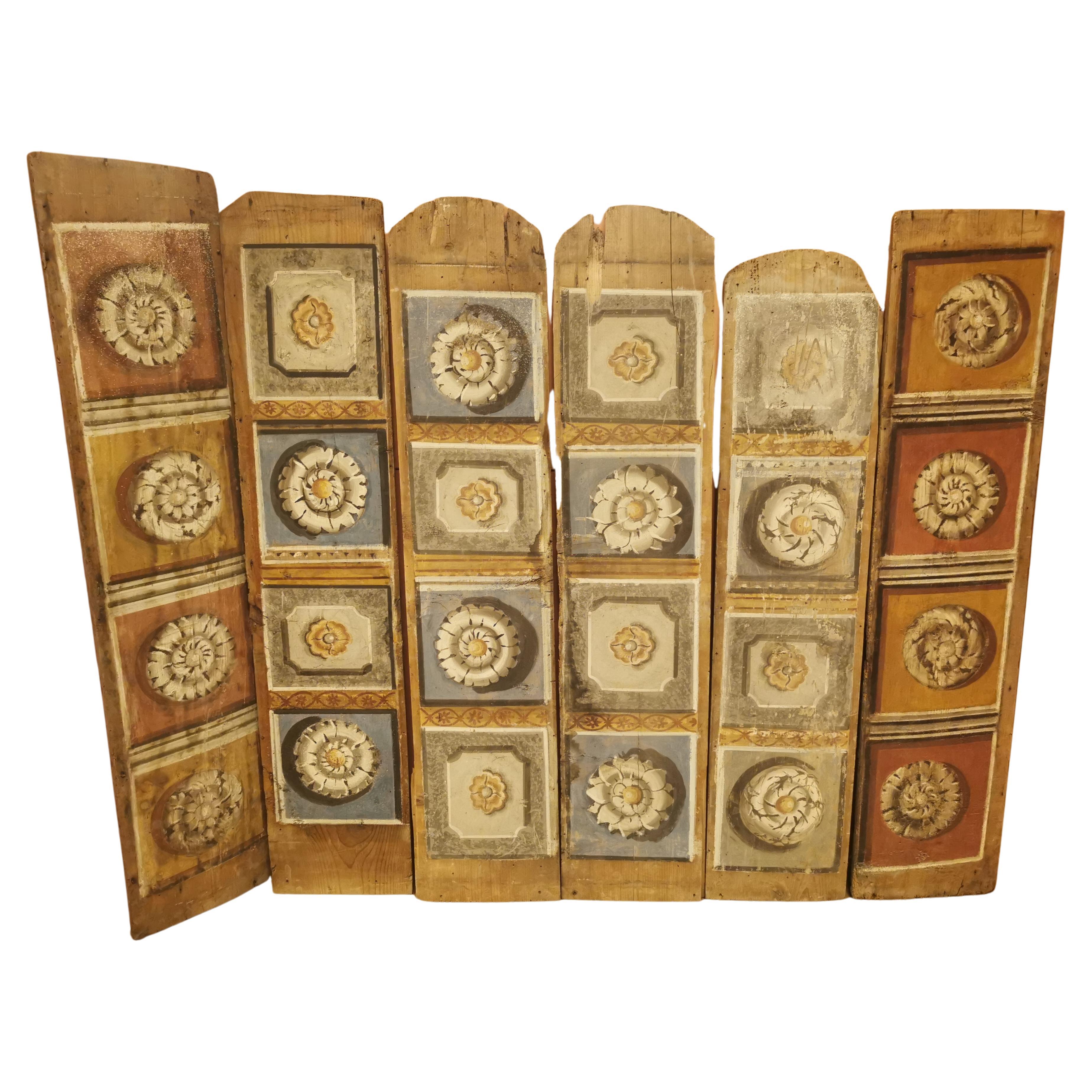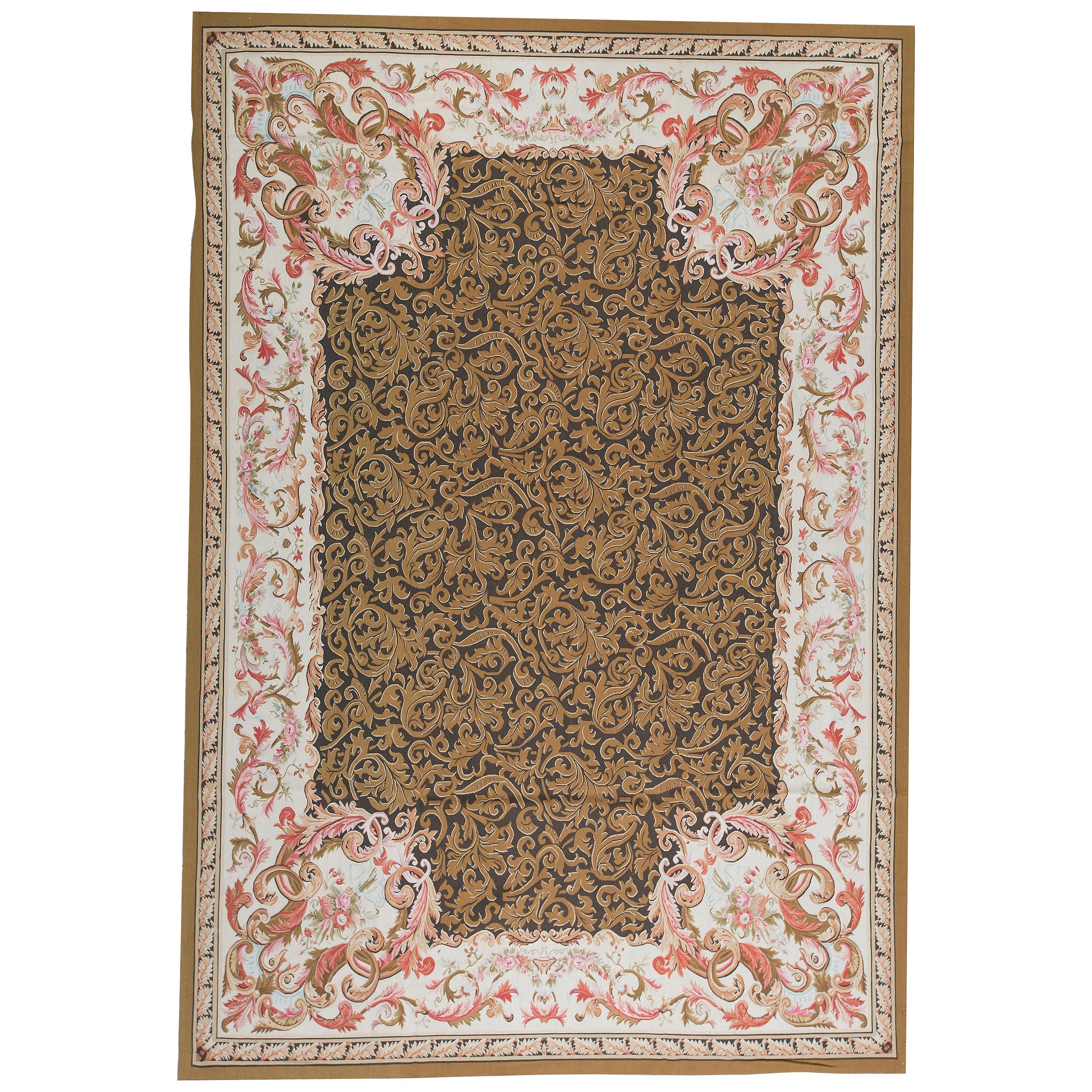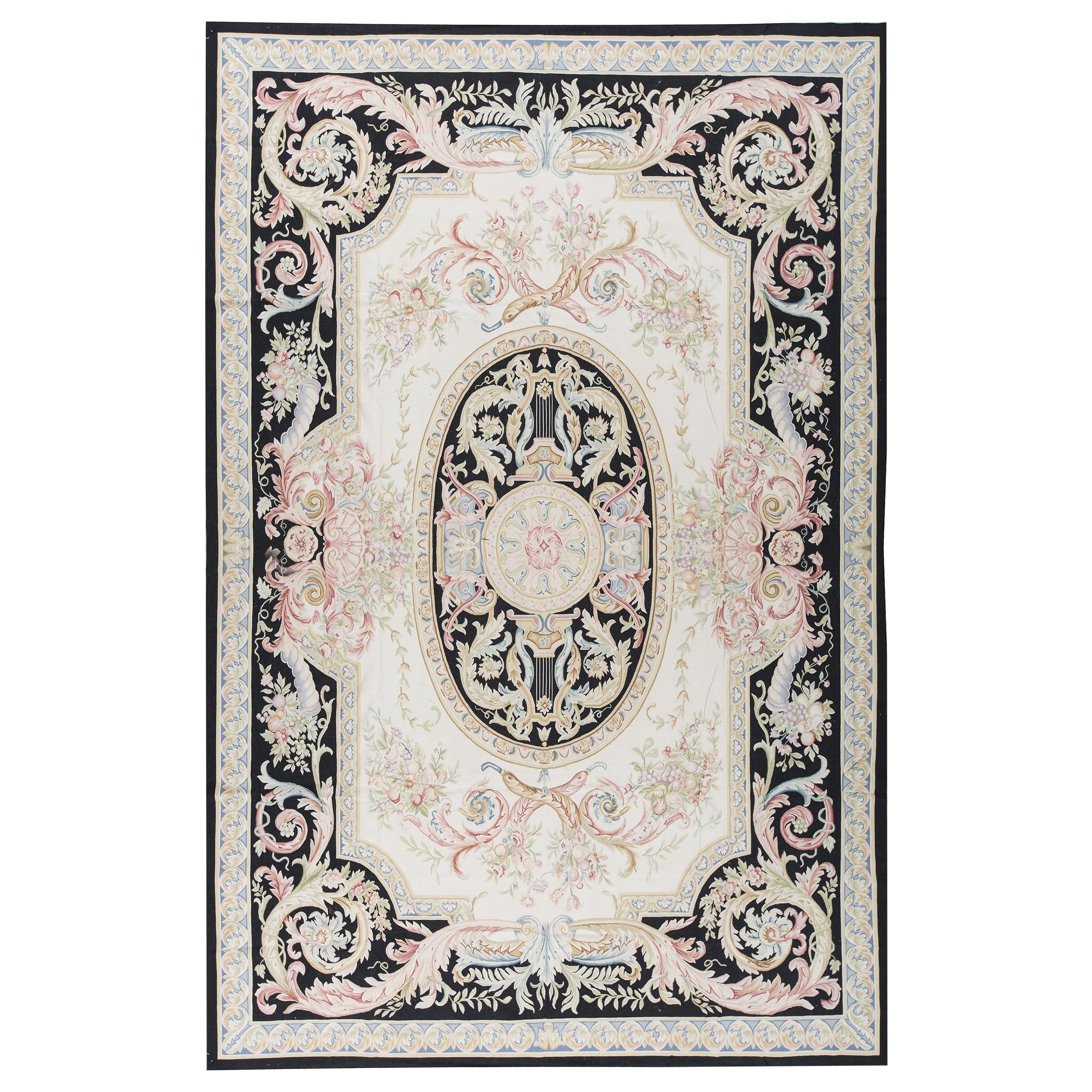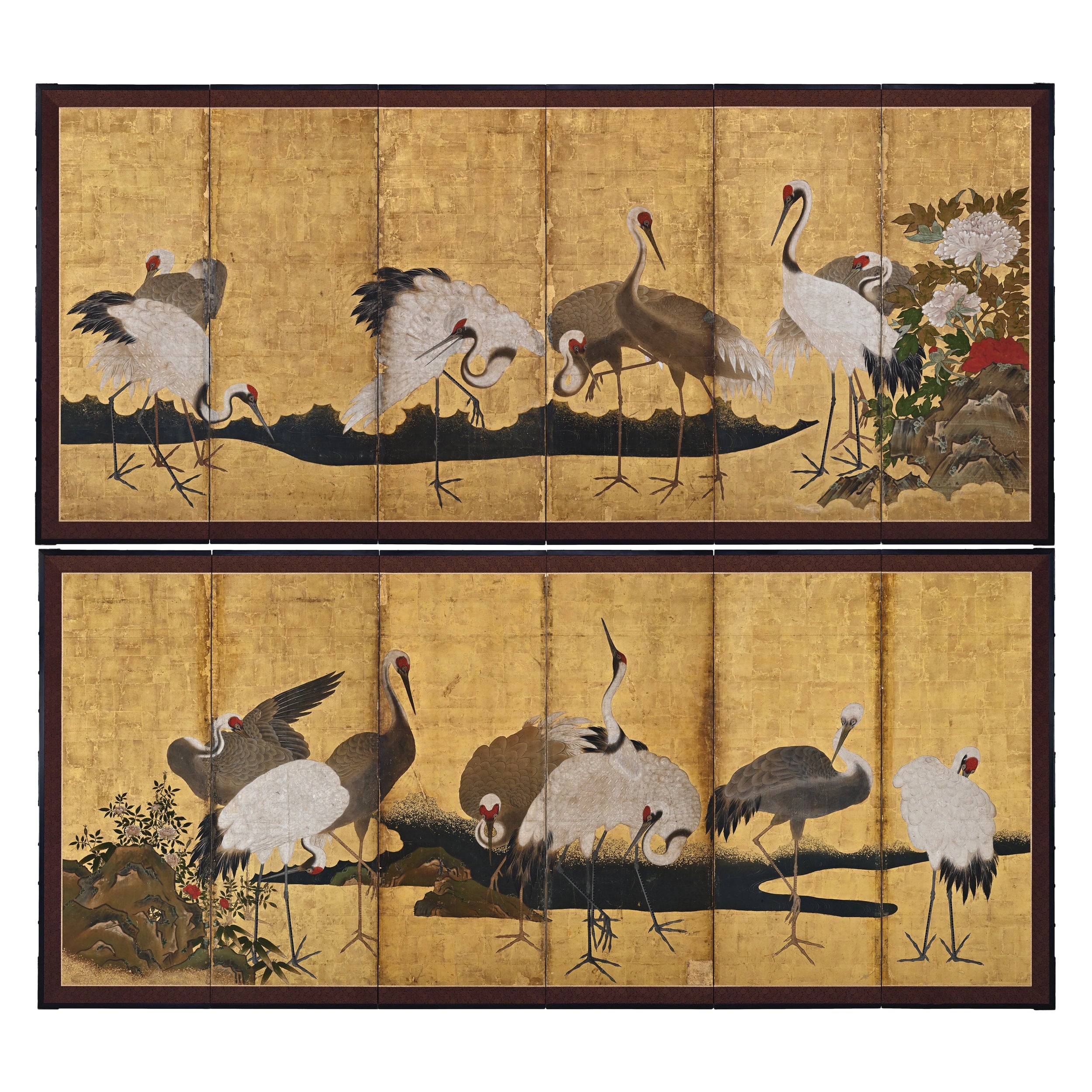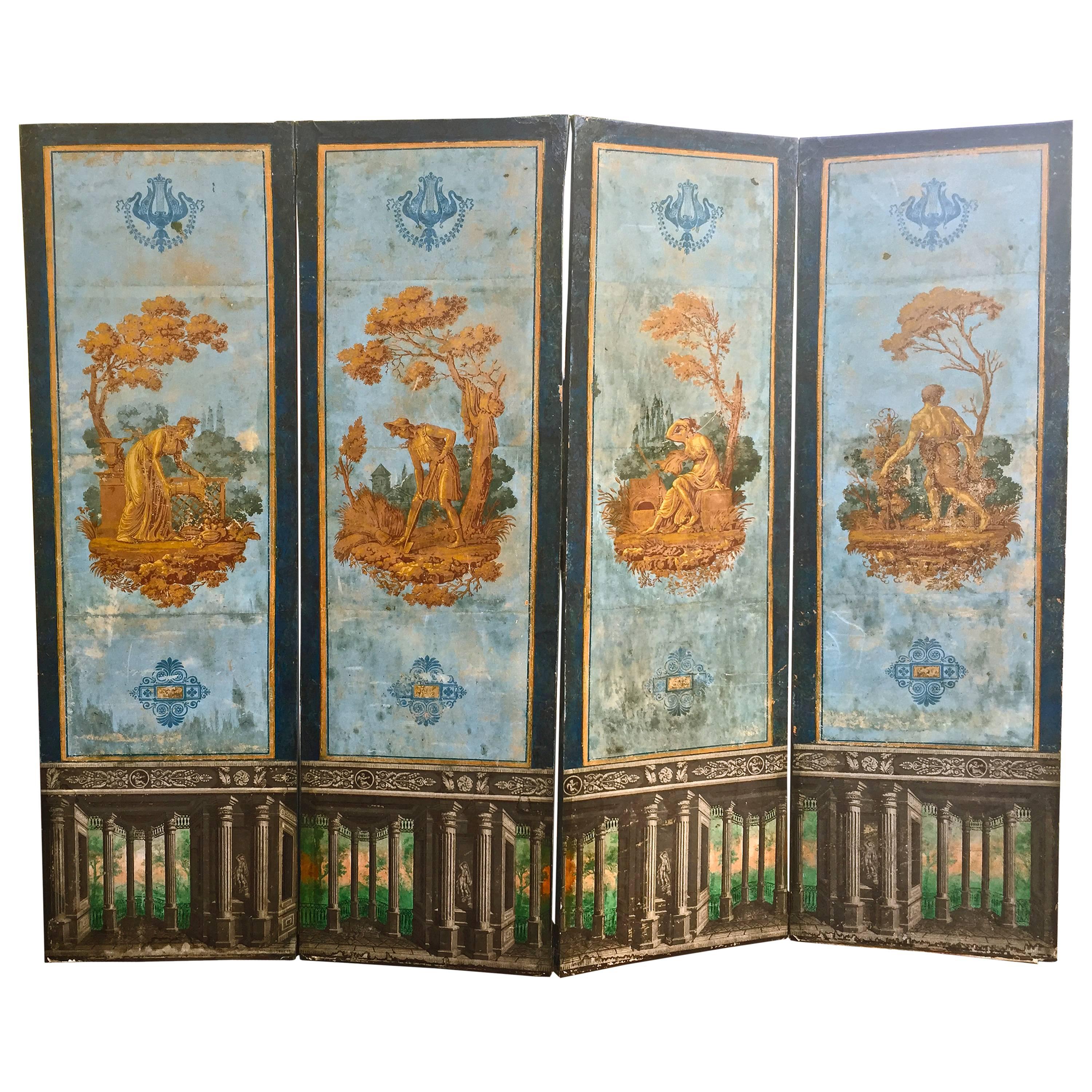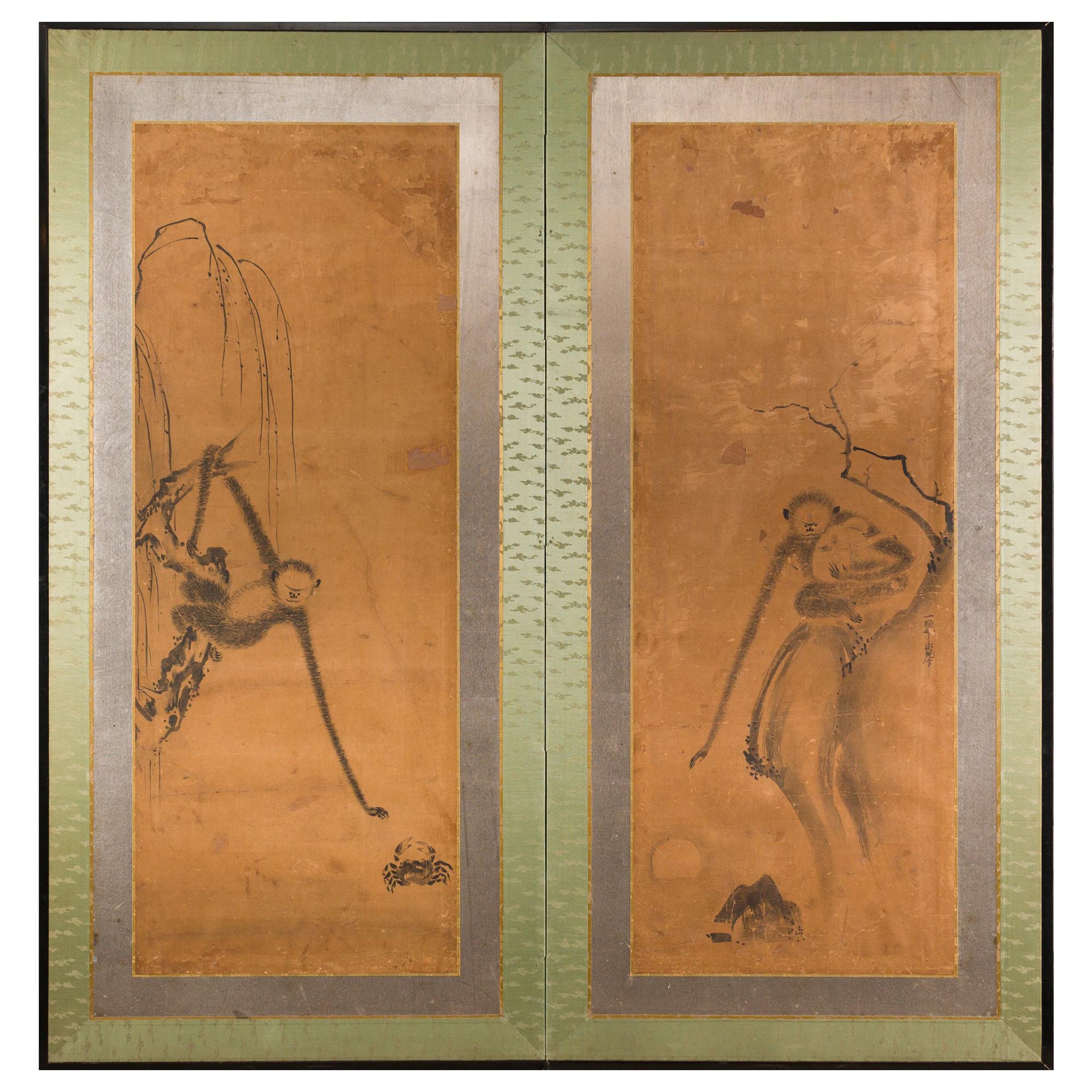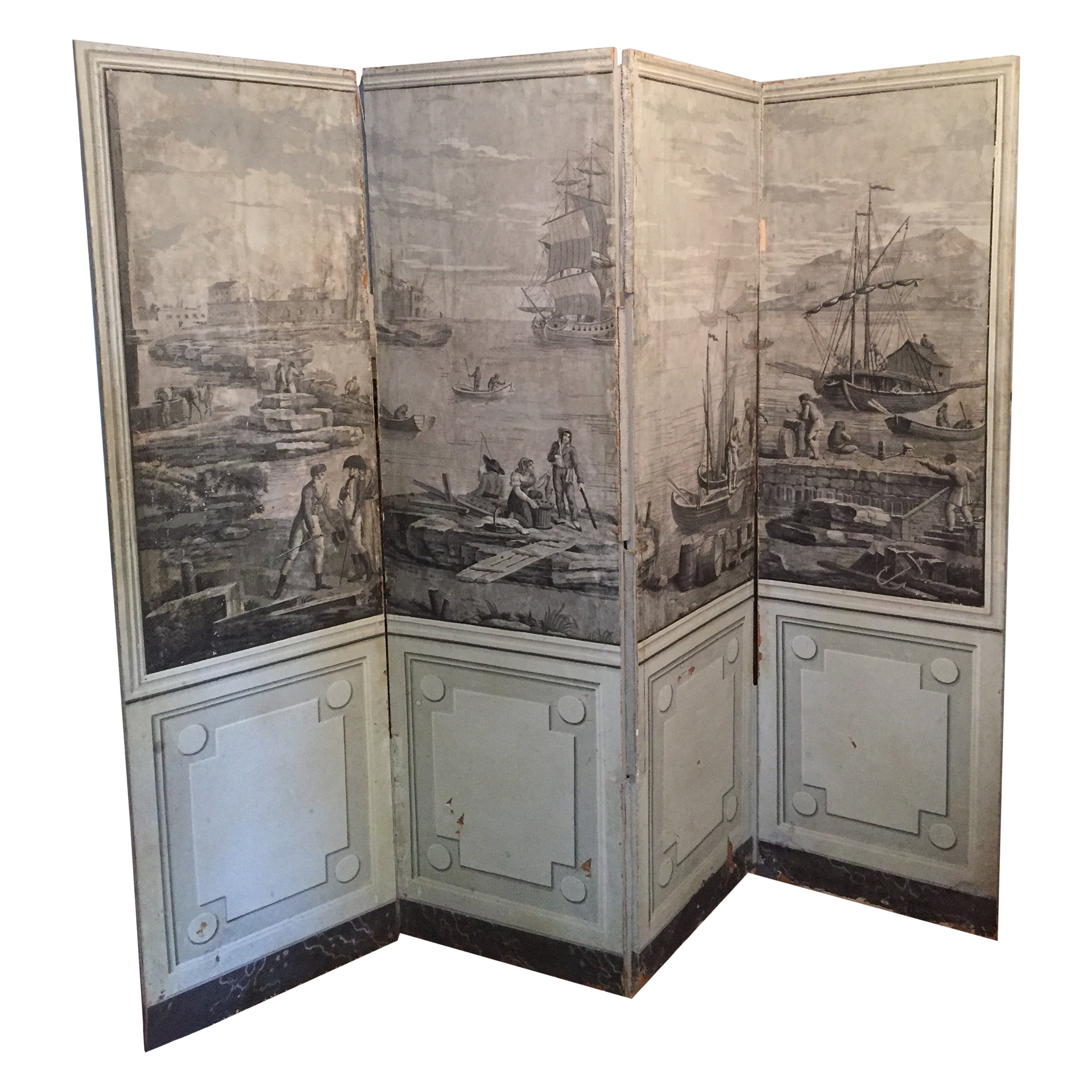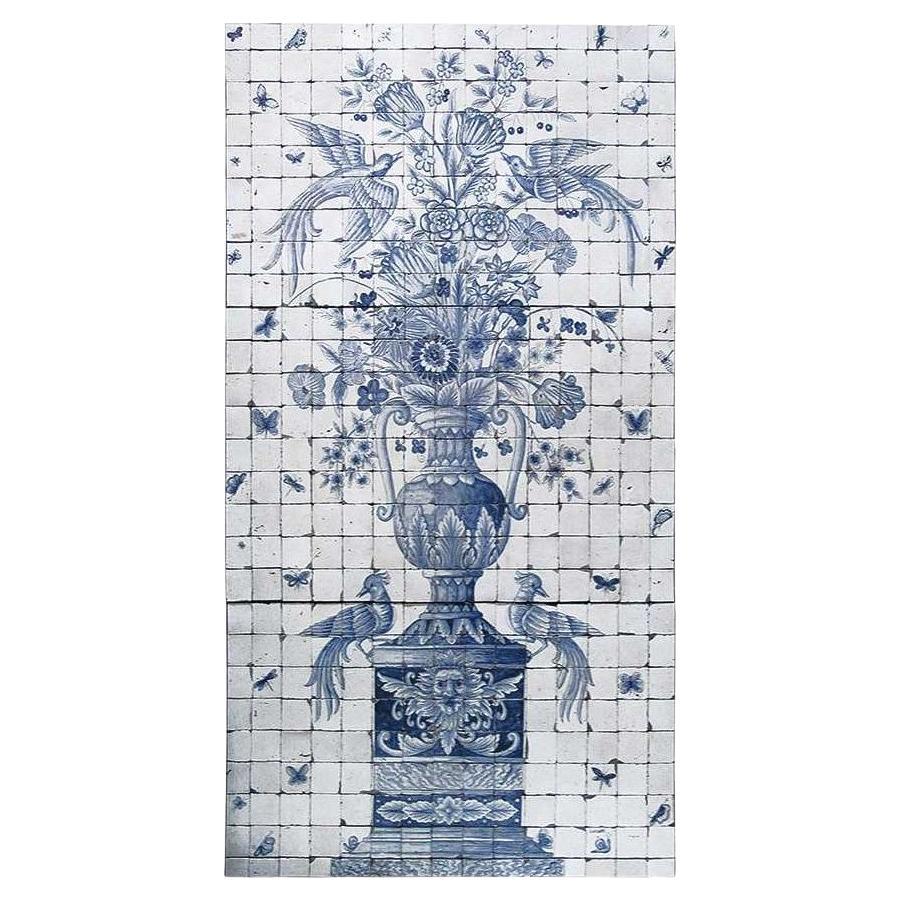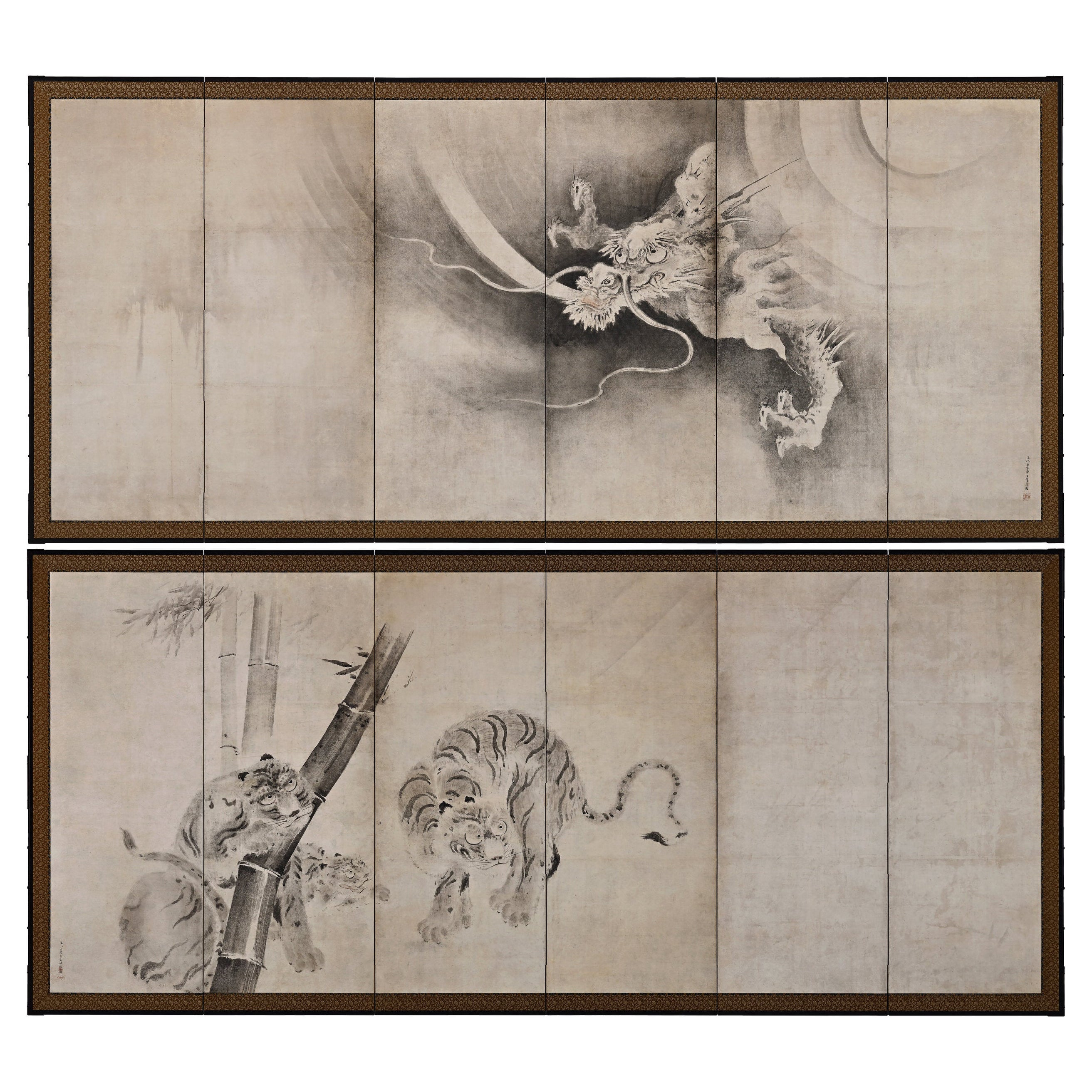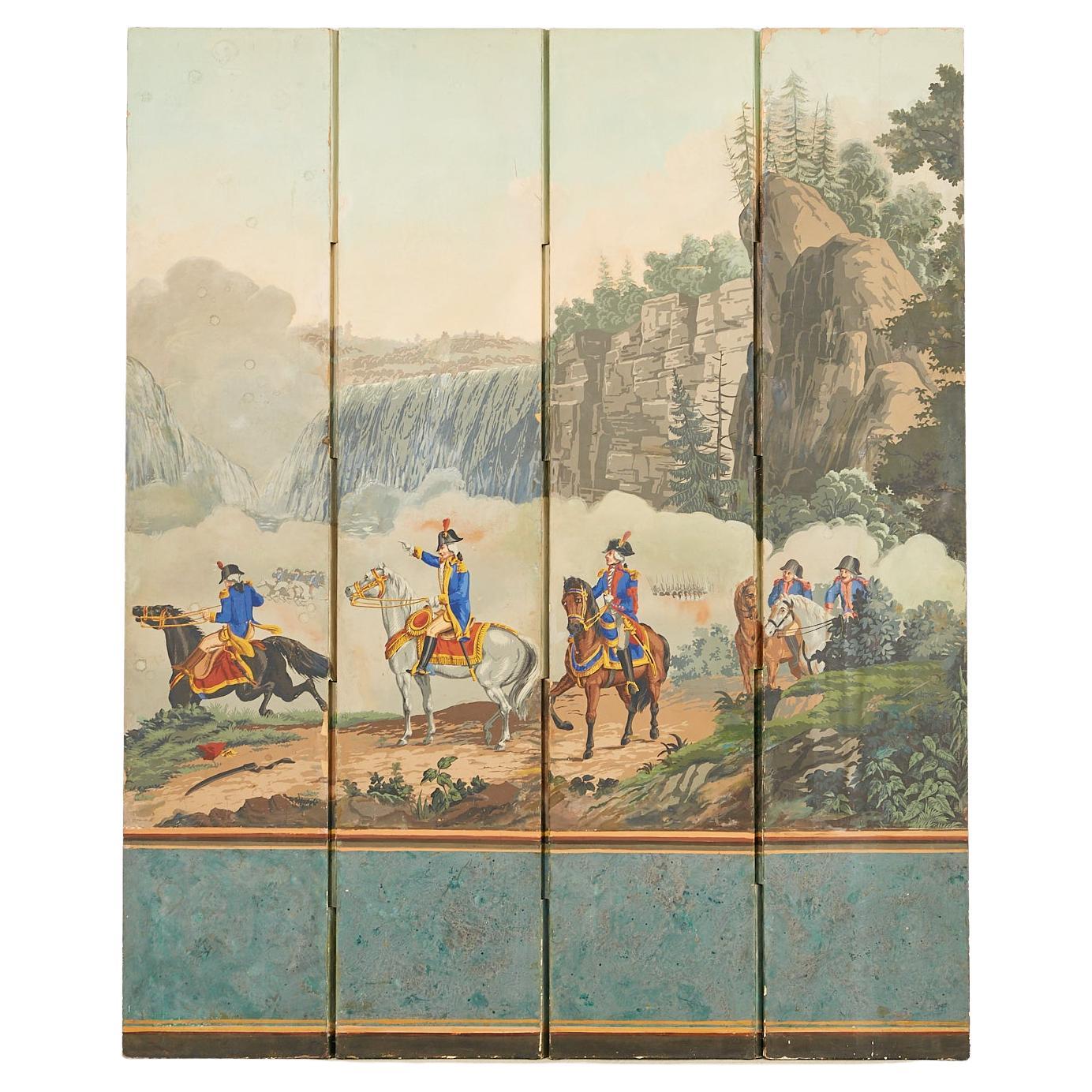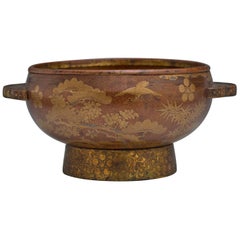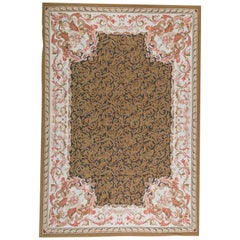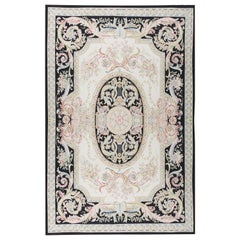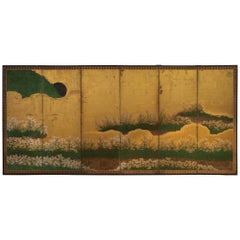
Rare Momoyama Period Japanese Folding Screen with a Field of Pinks, 17th Century
View Similar Items
Want more images or videos?
Request additional images or videos from the seller
1 of 6
Rare Momoyama Period Japanese Folding Screen with a Field of Pinks, 17th Century
About the Item
- Dimensions:Height: 65.36 in (166 cm)Width: 141.74 in (360 cm)Depth: 0.79 in (2 cm)
- Materials and Techniques:
- Place of Origin:
- Period:
- Date of Manufacture:circa 1650
- Condition:
- Seller Location:Milano, IT
- Reference Number:Seller: 11961stDibs: LU4250212631942
About the Seller
5.0
Recognized Seller
These prestigious sellers are industry leaders and represent the highest echelon for item quality and design.
Established in 2005
1stDibs seller since 2018
10 sales on 1stDibs
Typical response time: 2 hours
More From This SellerView All
- Pair of Japanese Two-Fold Screens with Flower Arrangements and Rare BirdsLocated in Milano, ITKaramono with flower arrangements and rare birds Edo period, 18th century Pair of two-panel folding screens Ink, colors, gofun and gold leaf on paper Each 170 by 165 cm ...Category
Antique 18th Century Japanese Paintings and Screens
MaterialsPaper
- Japanese Folding Screen with a Spring Landscape, Kano School, 19th CenturyLocated in Milano, ITThe scene is dominated by a plum tree in bloom under which a couple of paradise birds is courting. The screen is crossed by a luxuriant creek, a typical feature of the springtime.Category
Antique 19th Century Japanese Paintings and Screens
MaterialsPaper
- Japanese Lacquered Basin with Ear-Shaped Handles 'Mimidarai', 17th CenturyLocated in Milano, ITWooden basin with ear-shaped handles decorated with hiramaki-e lacquer and gold and silver kirigane on a nashi-ji ground. The large and thick antique woo...Category
Antique 17th Century Japanese Lacquer
MaterialsWood
- Late 17th Early 18th Century Nabeshima Japanese Porcelain Plate Fruit DesignLocated in Milano, ITDish with karatuuri (melon) design Late 17th-early 18th century Porcelain decorated with cobalt blu underglaze and red fruits Diameter 15.2 cm Nabeshima ware was made at Okawachi near Arita in Kyushu under the authority of the Nabeshima clan. The feudal lords of Nabeshima were so proud of their technological skill, that throughout the Edo period (1615-1867) they gave porcelain (and swords) as presents to the lords of other provinces. Most of Nabeshima porcelain...Category
Antique Late 17th Century Japanese Ceramics
MaterialsPorcelain
- Pair of Japanese Screens with Flowers of the Four Seasons, 19th CenturyLocated in Milano, ITThis pair of screens belongs to a genre of lyrical paintings of flowers, grasses, and other plants that flourished around the middle of the 17th century and became a specialty of the Sôtatsu studio. The use of a rather complex composition of clusters of flowers and the puddling of ink was initiated by Tawaraya Sôtatsu, the founder of the Rimpa School, who was active from 1600 until 1642. The screens are abstract and decorative but there is, at the same time, a keen sense of naturalism not only in the attention to accurate detail but in the profusion of vegetation. The passage of the year is symbolized by the variety of plants that bloom in different seasons. The tarashikomi - here used on leaves, petals and trunks - is a Classic Rinpa technique in which pale black ink or a color is brushed onto an area of a painting and then either darker ink, or the same or a contrasting color, is dropped into the first before it has completely dried, creating an effect of pooled colors with softly blurred edges. Its delicacy, preciousness, and effeminacy are identified with the over-refinement of its patrons, while the vigor, monochromatic discipline, sharp observation, and virile forms of the Kano school are a testament to the vitality of the rising warrior class. The plants are almost all identifiable: in the summer-spring part, you can find wheat, buttercups, irises, begonias, hydrangeas, coral bells...Category
Antique 19th Century Japanese Paintings and Screens
MaterialsPaper
- Japanese Two-Panel Screen with Scenes at the Pleasure Quarters, 18th CenturyLocated in Milano, ITIn the pleasure districts, the stringent codes were meant to be forgotten. In this painting, some clients are watching from outside the teahouse, while some are entering, one of them...Category
Antique 18th Century Japanese Paintings and Screens
MaterialsPaper
You May Also Like
- N. 55 Ceiling Boards Painted in Tempera, 17th Century of Great StyleLocated in Cesena, FCN. 55 fir ceiling boards, painted with tempera, showing geometrical and floral patterns. This kind of ceiling boards were mounted on joists also decorated and painted. Period: ...Category
Antique Mid-17th Century Italian Shelves and Wall Cabinets
MaterialsFir
- 17th Century Traditional French Aubusson Style Flat-Weave RugLocated in Secaucus, NJHandwoven recreation of the Classic French flat-weave Aubusson rugs that have been found in the finest homes and palaces since the late 17th century. Size: 9'11'' x 14'5''.Category
Antique 17th Century Chinese Aubusson Western European Rugs
MaterialsWool
- 17th Century Traditional French Aubusson Style Flat-Weave RugLocated in Secaucus, NJHandwoven Recreation of the Classic French flat-weave Aubusson rugs that have been found in the finest homes and palaces since the late 17th century. Size 11' 11'' x 18' 3''.Category
Antique 17th Century Chinese Aubusson Western European Rugs
MaterialsWool
- 17th Century Japanese Screen Pair, CranesLocated in Kyoto, JPCranes Anonymous, Kano School. Edo period, second half of the 17th century. Pair of six-panel screens. Ink, pigment gofun and gold l...Category
Antique 1670s Japanese Edo Paintings and Screens
MaterialsGold Leaf
$85,000 / set - Period French Empire Neoclassical Wallpaper Screen by Zuber of DufourBy Jean ZuberLocated in Essex, MAPeriod Empire neoclassical wallpaper screen. Either by Zuber of Dufour. Was always intended as a screen.Category
Antique Late 18th Century French Empire Screens and Room Dividers
MaterialsPaper
- 17th Century Japanese Two-Panel Screen, Gibbons of FolkloreLocated in Hudson, NYJapanese two-panel screen: Gibbons of Folklore, Edo period (17th century) Kano School painting of gibbons in Japanese fables. The left panel represents a Japanese fable of a monkey a...Category
Antique Late 17th Century Japanese Edo Paintings and Screens
MaterialsSilk, Wood, Paper
Recently Viewed
View AllMore Ways To Browse
Momoyama Period
12 Panel Screen
Antique Folding Beds
Antique Folding Bed
Green Day Bed
17Th Century Antique Beds
17th Century Japanese Paintings
Arts Folding Screen
Japanese Screens Floral
Painting Asian Man
Antique Love Poems
Antique Man In The Moon
Fold Down Bed
Japanese Autumn Screen
Japanese Silver Leaf Screen
Edo Folding Screen
Round Pair Painting
Pair Of Round Paintings
